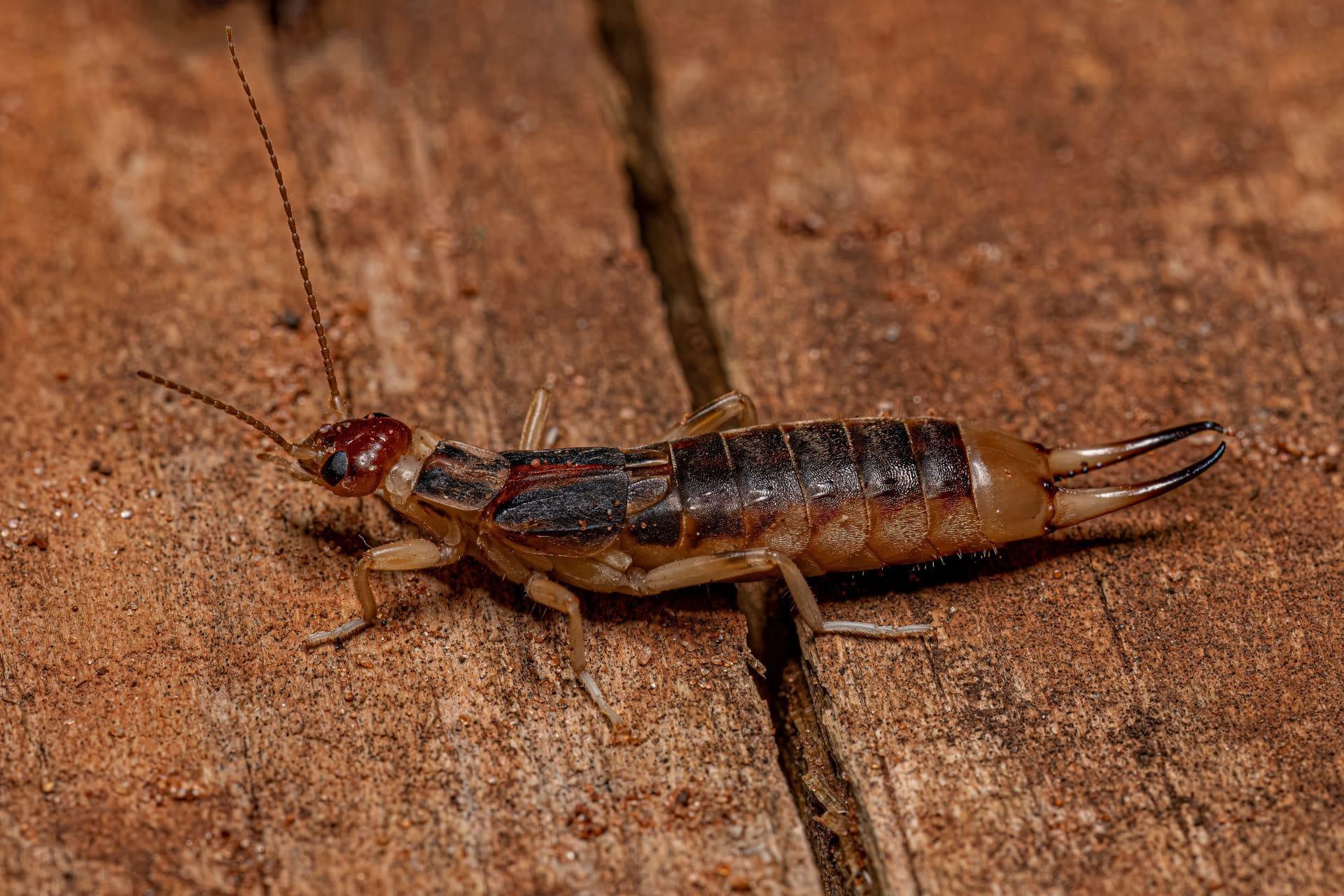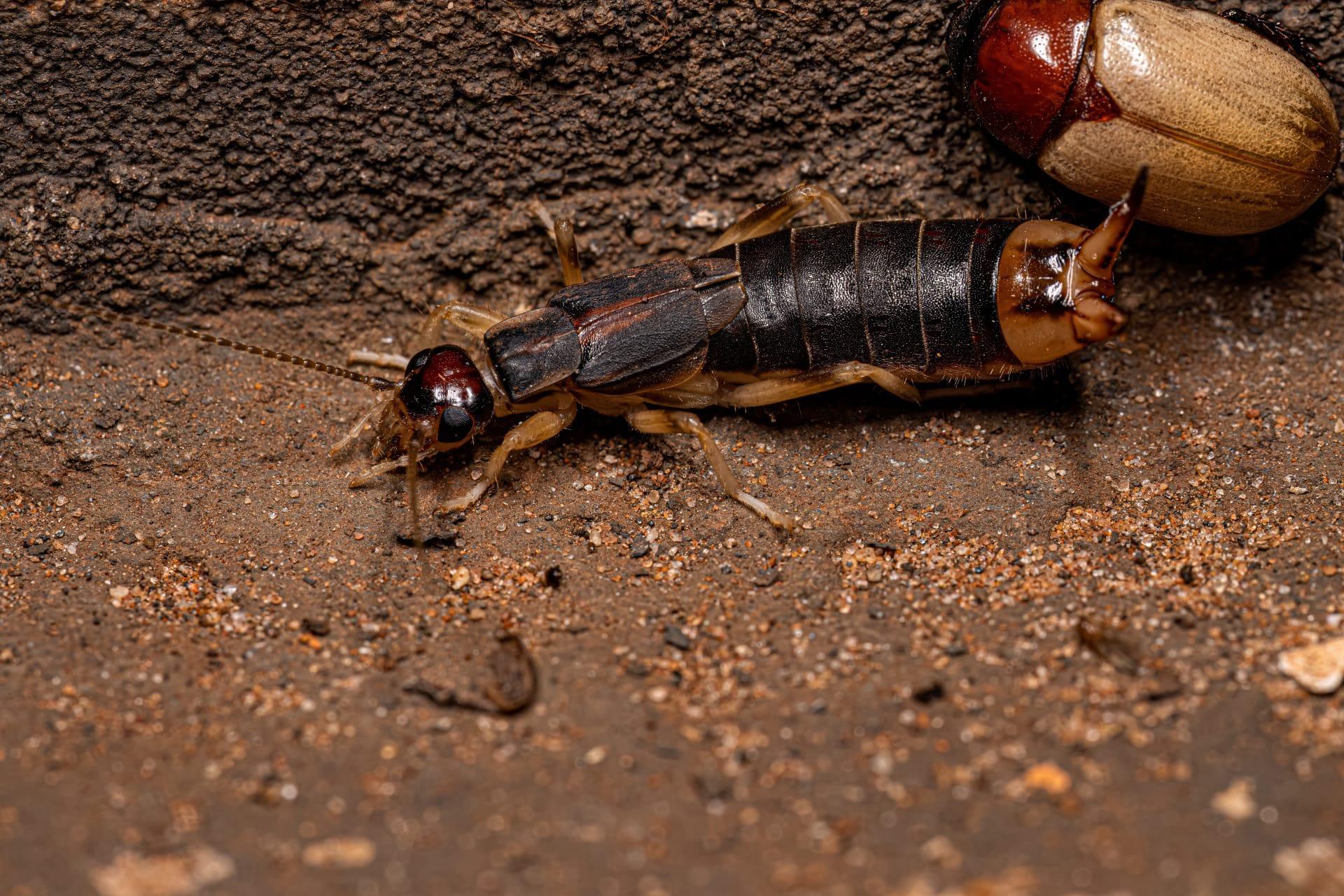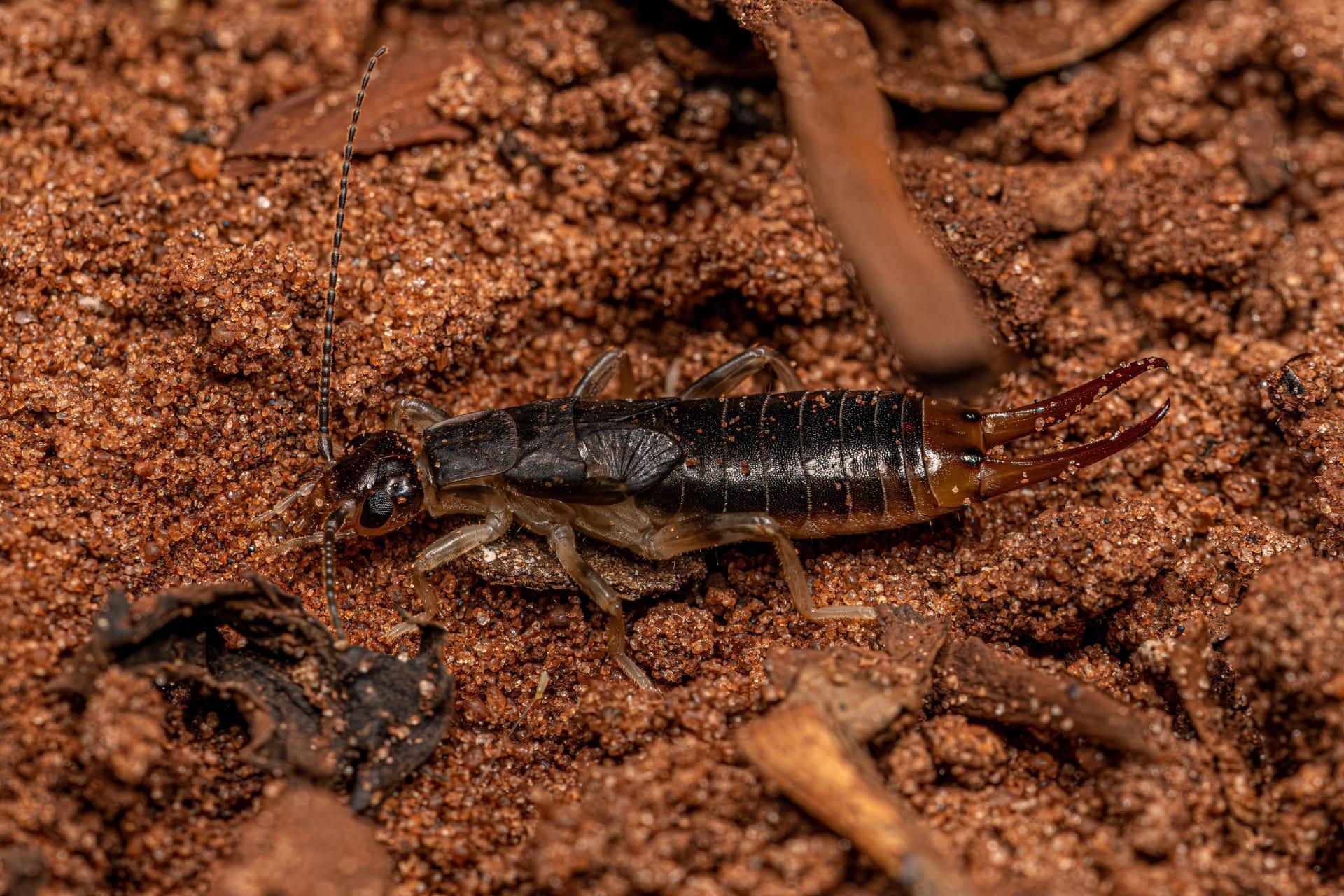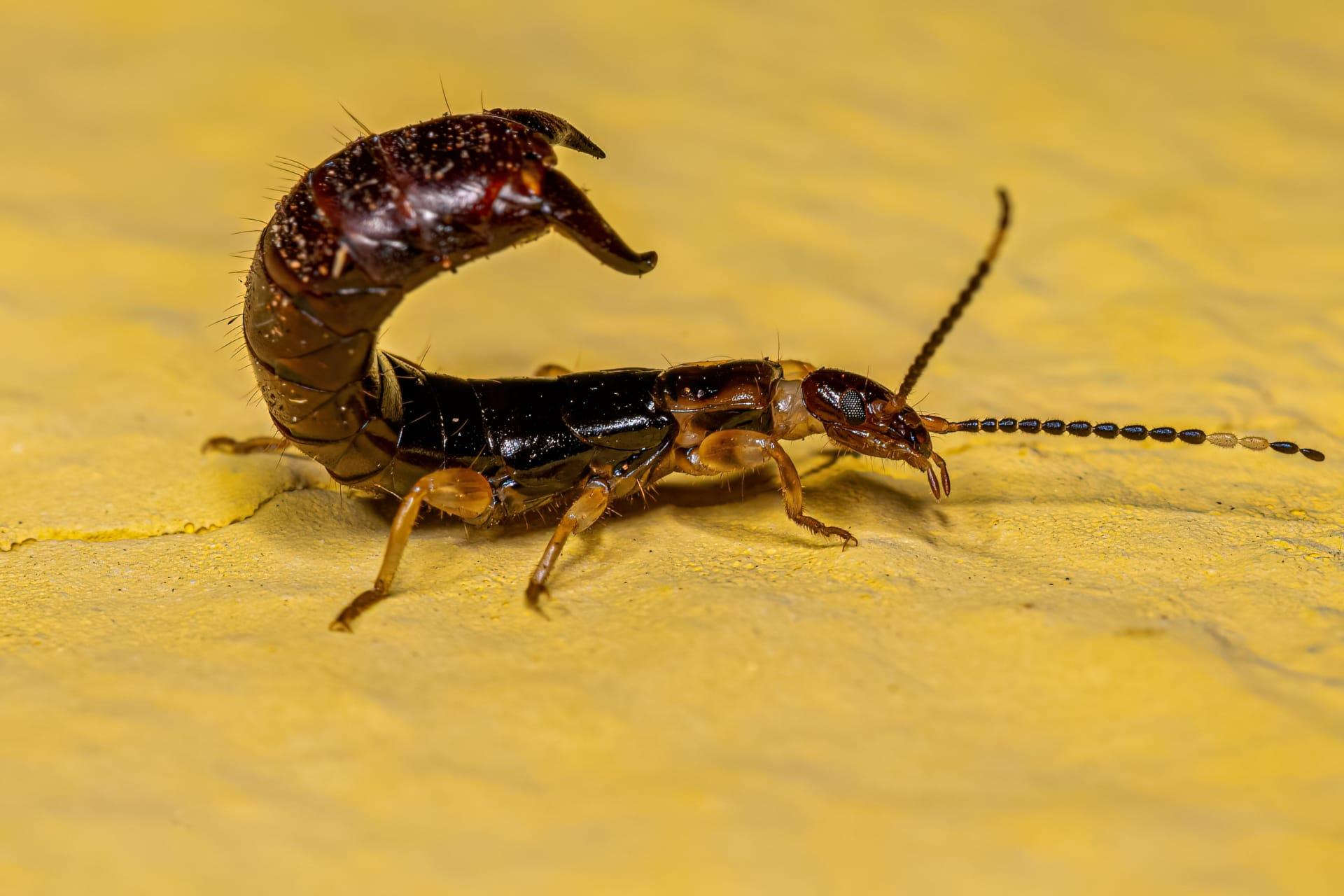1
Did you know that the Pincher Bug, also known as the earwig, is not as scary as it looks? Despite its intimidating pincers, these insects are mostly harmless to humans. The pincers, or forceps, at the end of their abdomen are actually used for defense and mating rituals. In males, they are large and curved, while females have straighter, shorter pincers. Intriguingly, earwigs can use these forceps to give a light pinch but rarely break human skin.
Another fascinating aspect of Pincher Bugs is their parenting behavior, which is quite unique among insects. Female earwigs are devoted mothers. They lay 20 to 50 eggs and protect them diligently, cleaning them regularly to prevent mold. After the eggs hatch, the mother continues to care for the nymphs, feeding and guarding them until they are able to fend for themselves. This level of maternal care is quite rare among non-social insects, showcasing a surprisingly tender side to these often-misunderstood creatures.

2
Earwigs are often thought to be nocturnal pests that damage plants, but they can actually be beneficial for gardens. These insects are omnivores and feed on a variety of dead insects and decaying plant material, helping in the decomposition process. Interestingly, they also prey on aphids, which are harmful to many plants. This predatory behavior can make earwigs valuable allies in maintaining the health of a garden.
Another interesting fact about Pincher Bugs is their ability to fly. While they are not known for being strong fliers, earwigs do have a pair of wings folded neatly under their short, leathery wing covers. These wings are unique in structure, folding in a complex, origami-like manner. Despite having wings, earwigs are more likely to be found scurrying on the ground, as they prefer running over flying to move around.

3
Pincher Bugs have a surprising talent for finding their way into homes, which is often misunderstood as an invasion. In reality, these insects are usually seeking shelter from extreme weather conditions, like excessive heat or rain. They are attracted to cool, moist environments, often found in basements, bathrooms, and under sinks. While they can be a nuisance, earwigs are not dangerous and do not spread diseases.
Did you know that earwigs have a unique defense mechanism apart from their pincers? When threatened, some species of earwigs can secrete a foul-smelling liquid as a deterrent. This liquid is their version of a skunk's spray, used to ward off predators. However, this is more common in earwigs living in the wild and is rarely experienced in domestic settings.

4
Earwigs are often thought of as solitary creatures, but some species exhibit a surprising level of social behavior. In some cases, earwigs have been observed living in small groups, particularly during the colder months. This communal living helps them survive harsh conditions, as they share warmth and moisture. This behavior challenges the common perception of insects as predominantly solitary creatures.
The lifespan of a Pincher Bug is another interesting aspect. In ideal conditions, an earwig can live for about one year. During this time, they go through several stages of development, from egg to nymph to adult. The nymph stage resembles the adult but is smaller and lacks wings. As the earwig grows, it undergoes molting, shedding its exoskeleton multiple times before reaching full maturity.

5
Earwigs are not just ground dwellers; they are also skilled climbers. They can easily climb up walls and even trees in search of food or shelter. This climbing ability, combined with their preference for dark, moist environments, often leads them to inhabit flower pots, under tree bark, or within piles of logs.
The myth that earwigs crawl into human ears is just that – a myth. There is no truth to the old wives' tale that these insects lay eggs in people's ears. In fact, earwigs prefer to avoid human interaction. This misconception likely arose from the insect's name and its occasional presence in human dwellings, but rest assured, earwigs pose no such risk to humans.